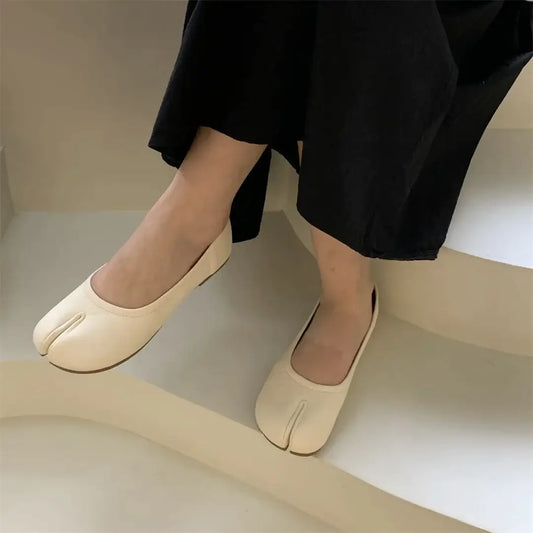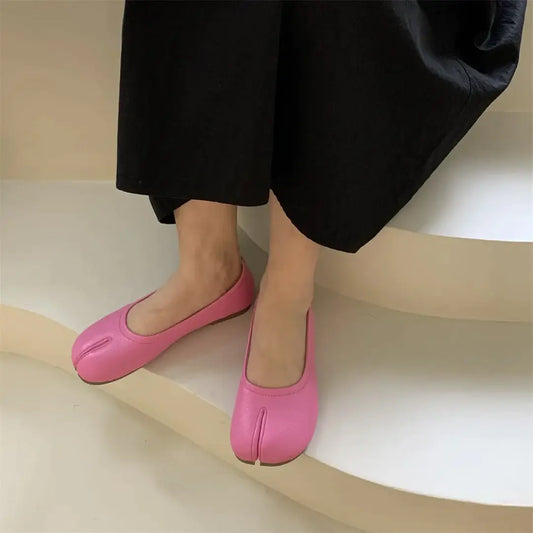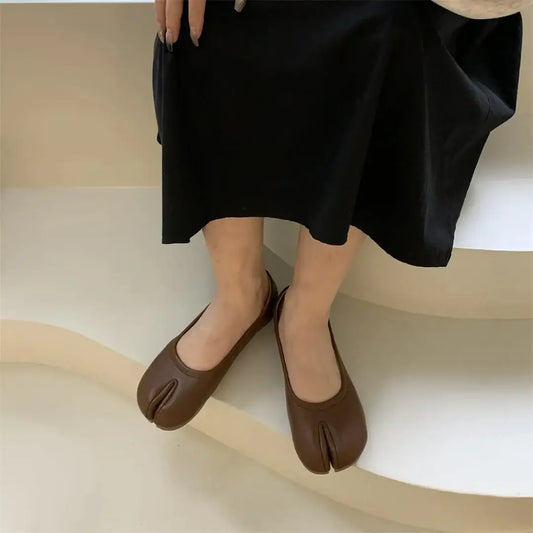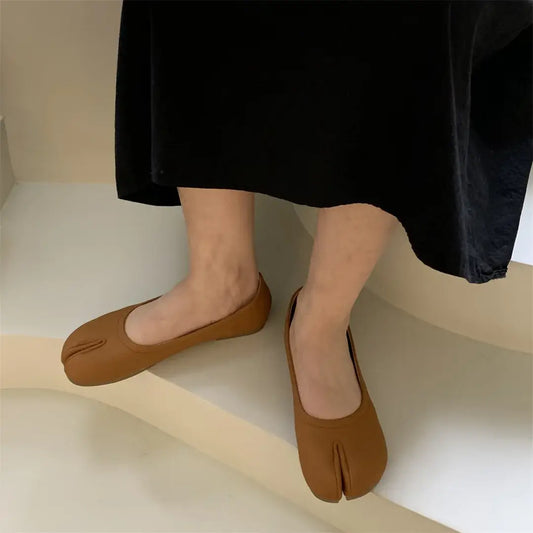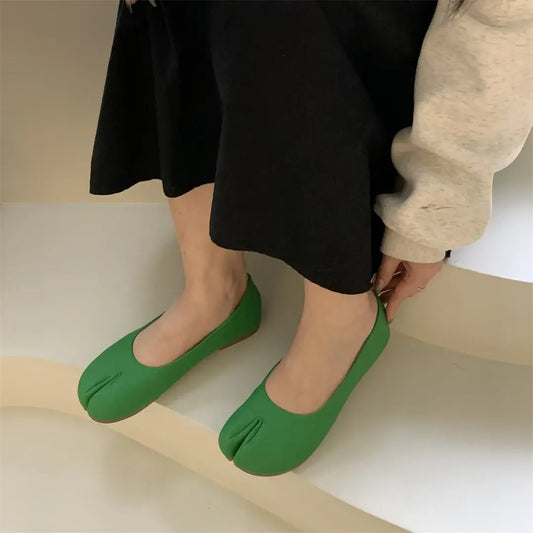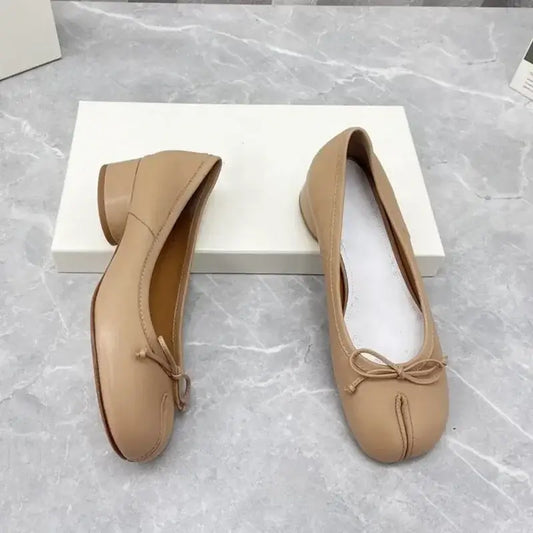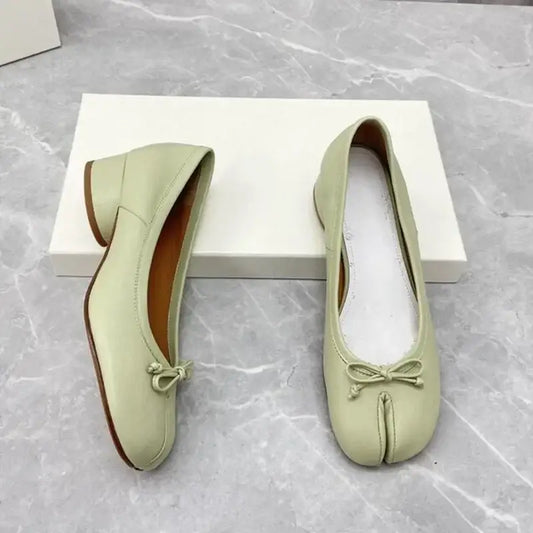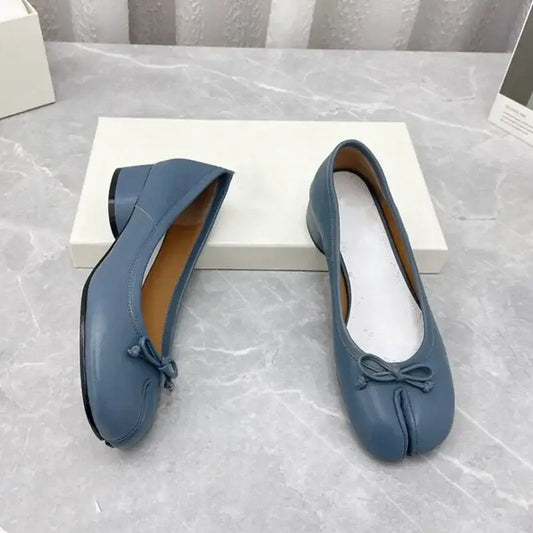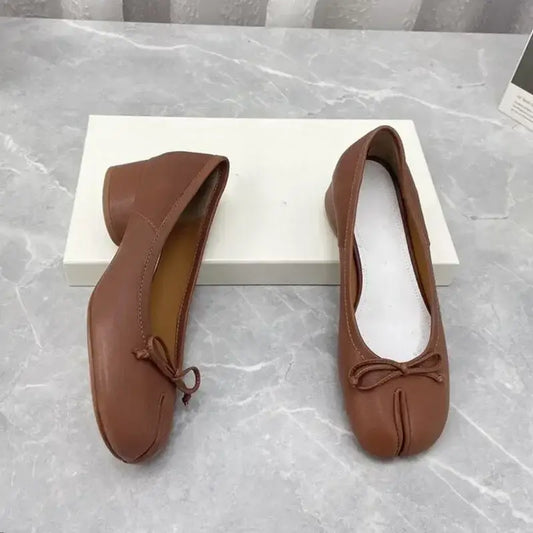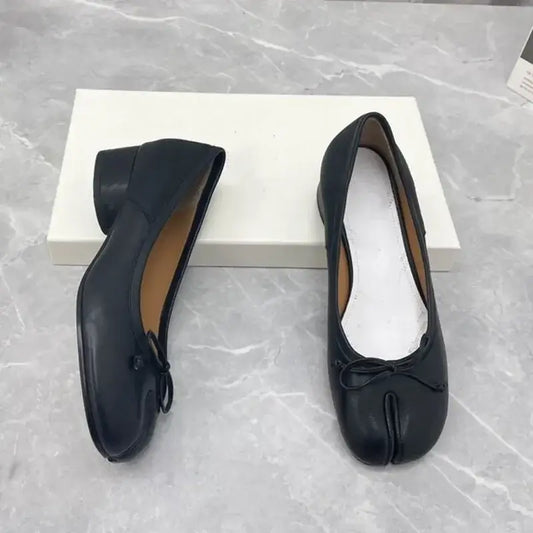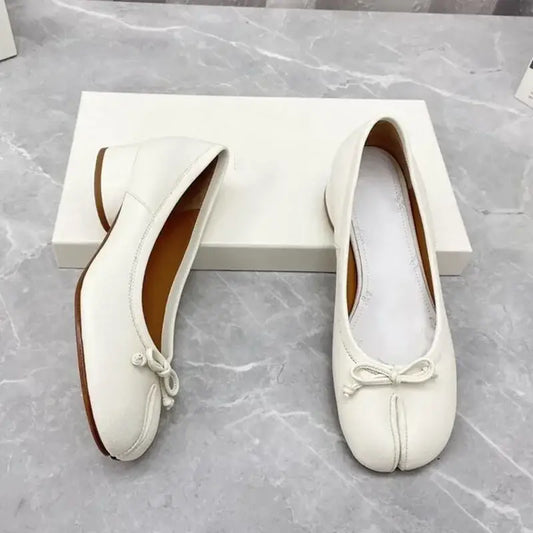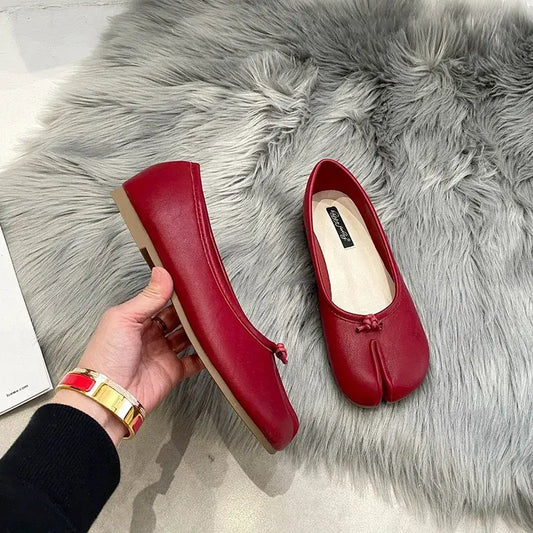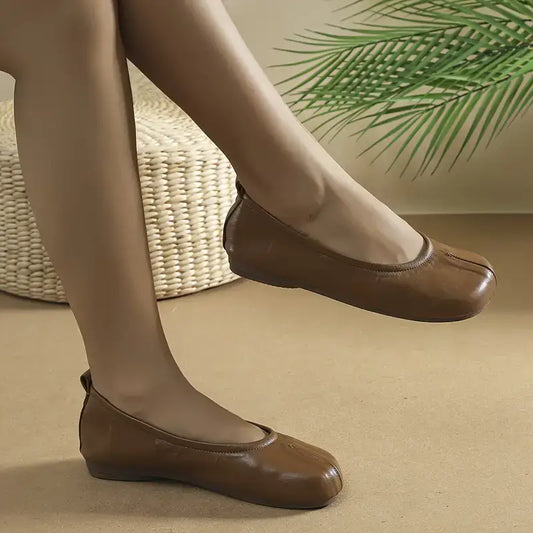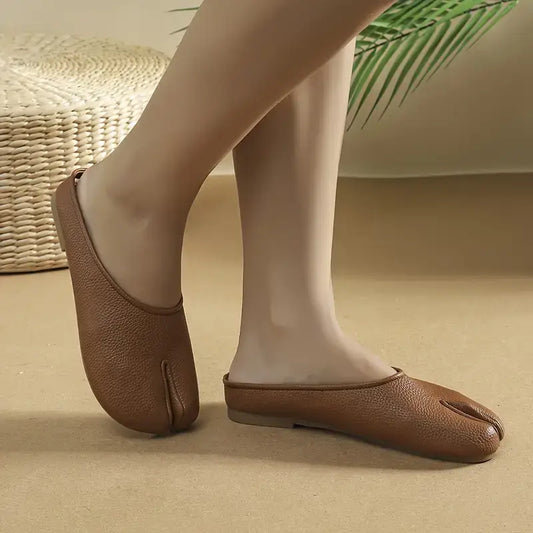Collection: Jikatabi
-
Ivory Flat Jikatabi Shoes
Regular price 50$ USDRegular priceUnit price / per -
Pink Flat Jikatabi Shoes
Regular price 50$ USDRegular priceUnit price / per -
Chocolate Flat Jikatabi Shoes
Regular price 50$ USDRegular priceUnit price / per -
Brown Flat Jikatabi Shoes
Regular price 50$ USDRegular priceUnit price / per -
Green Flat Jikatabi Shoes
Regular price 50$ USDRegular priceUnit price / per -
Elegant Beige Jikatabi Heels
Regular price 70$ USDRegular priceUnit price / per -
Elegant Mint Jikatabi Heels
Regular price 70$ USDRegular priceUnit price / per -
Elegant Blue Jikatabi Heels
Regular price 70$ USDRegular priceUnit price / per -
Elegant Brown Jikatabi Heels
Regular price 70$ USDRegular priceUnit price / per -
Elegant Black Jikatabi Heels
Regular price 70$ USDRegular priceUnit price / per -
Elegant White Jikatabi Heels
Regular price 70$ USDRegular priceUnit price / per -
Scarlet Red Jikatabi Shoes
Regular price 40$ USDRegular priceUnit price / per -

 Sold out
Sold outBeige MJ Jikatabi Shoes
Regular price 40$ USDRegular priceUnit price / per -

 Sold out
Sold outWhite MJ Jikatabi Shoes
Regular price 40$ USDRegular priceUnit price / per -

 Sold out
Sold outBlack MJ Jikatabi Shoes
Regular price 40$ USDRegular priceUnit price / per -
Elegant Jikatabi Shoes
Regular price 40$ USDRegular priceUnit price / per -
Brown Jikatabi Slip On Shoes
Regular price 40$ USDRegular priceUnit price / per
Receive Updates Straight to Your Inbox 📩
Be the first to know about new releases and exclusive offers.
The Unique Appeal of Jikatabi
Jikatabi, often simply referred to as "tabi boots," are a distinctive type of traditional Japanese footwear that have been worn for centuries, yet still retain their unique appeal in modern times. Distinguished by their split-toe design, these boots are functional, versatile, and deeply rooted in Japanese history and culture.Originally designed for workers who needed a durable shoe, jikatabi were made to be worn in various conditions, from the muddy rice fields to the rugged mountainsides. The split-toe feature allowed workers to have a better grip on the ground, providing stability and preventing slips. Made from durable materials like cotton and, in some cases, even leather, they were built to last.
In addition to their practicality, jikatabi have been incorporated into traditional Japanese performances and ceremonies. It's not uncommon to see performers in festivals wearing these boots, painted in vibrant colors, complementing their ornate costumes. They provide both flexibility and the necessary grip for intricate dance movements.
Modern Japan has seen a resurgence in the popularity of jikatabi, with both locals and tourists embracing their unique style. Fashion-forward individuals incorporate them into streetwear looks, appreciating them for their blend of tradition and contemporary appeal. Designers have even introduced versions with various patterns, materials, and closures, evolving the jikatabi to fit today's fashion standards.
But beyond fashion, jikatabi represent a piece of Japan's rich cultural tapestry. They are a testament to the nation's ability to maintain traditions while adapting to the ever-changing modern world. For many, wearing jikatabi is not just a style statement but also a nod to Japan's storied past and the timeless blend of function and fashion.


